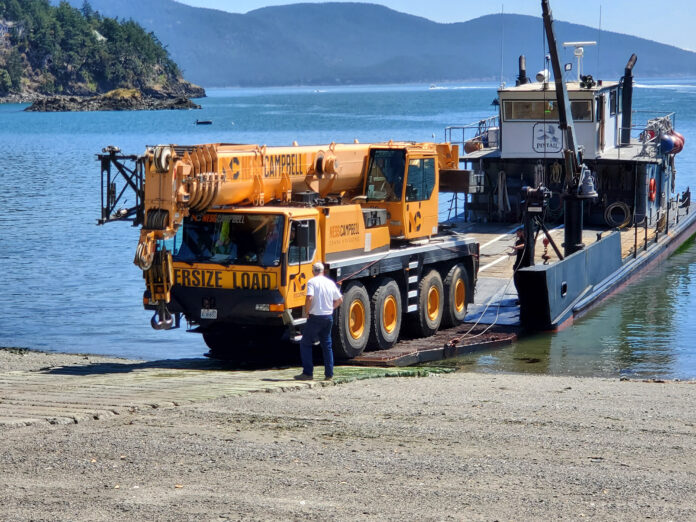Although the United States covers a very large landmass, 83% of its 337 million people live in urban areas, according to a University of Michigan study. However, that still leaves approximately 56 million people, or 17% of the population, in rural areas.
Many rural people live in Western states, where cities and towns can be separated by vast swaths of sparsely-settled land. The US Census Bureau notes that 50% of the US population lives on less than 200,000 square miles, while the rest is spread out over more than three million square miles.
But, while these people are spread out, they’re still important. In fact, they’re a crucial part of our economy, producing about 50% of the US Gross Domestic Product. And their need for housing is as great as it is for the residents of our cities and suburbs.
The problem is that building in rural areas can be tough. Remote country homes are typically custom-built on scattered lots and they can take 6-9 months to complete using conventional on-site framing and finishing.
As an example, let’s take a new home that’s being built 1 1/2 hours away from a populated area. Most materials will need to be hauled for 1 1/2 hours from the suppliers to the jobsite. Then, the trucks will need to return empty that same distance. The trades may have to make that same commute every day. (Suppliers and trade contractors tend to concentrate near population centers because that’s where the work is.)
How many miles will be driven, and how many hours wasted, when building this single home? Whatever the total, it will require a lot of money for gas and a lot of commuting time that could be put to better use. And, if you are carbon-focused, you will also note that a lot of carbon will be created.
Looking at this example, it’s clear that while offsite construction can provide a real economic benefit in any part of the country when building in those big Western states, the benefits can be economic and environmental.
Another great fit for offsite construction is placing homes on islands. The US has 18,617 islands and many people want to live on one of them. But building on an island presents its own issues. How do you deliver building materials? It’s easy if there is a bridge or causeway from the mainland, but in many cases, there is neither, which means that every piece of building material has to be hauled over water — by ferry, barge, or airplane. That gets very expensive.
Labor also comes with a bigger cost than on the mainland. In some cases, the bill for housing workers on the island can be thousands of dollars per day. And some islands can only be reached via a long ferry ride or an expensive flight.
But what if you could build that house on the mainland and then take it to the island? Offsite construction—and especially modular construction—lets you do that. It’s much more cost-effective to build large pieces of the home, or even the whole home, where labor and materials are more available. You can then use a ferry or barge to haul a crane and the modules to the island.
On the West Coast, I have built homes from Catalina Island in California to Orcas Island in the San Juan chain in Puget Sound north of Seattle. All these builds presented challenges, but what they had in common was the cost savings and speed of completion made possible by modular construction.
The point is that remote areas—whether out in the country or on an island—are perfect for offsite construction. It can save time and money, and it’s the most carbon-friendly way to deliver housing.

















